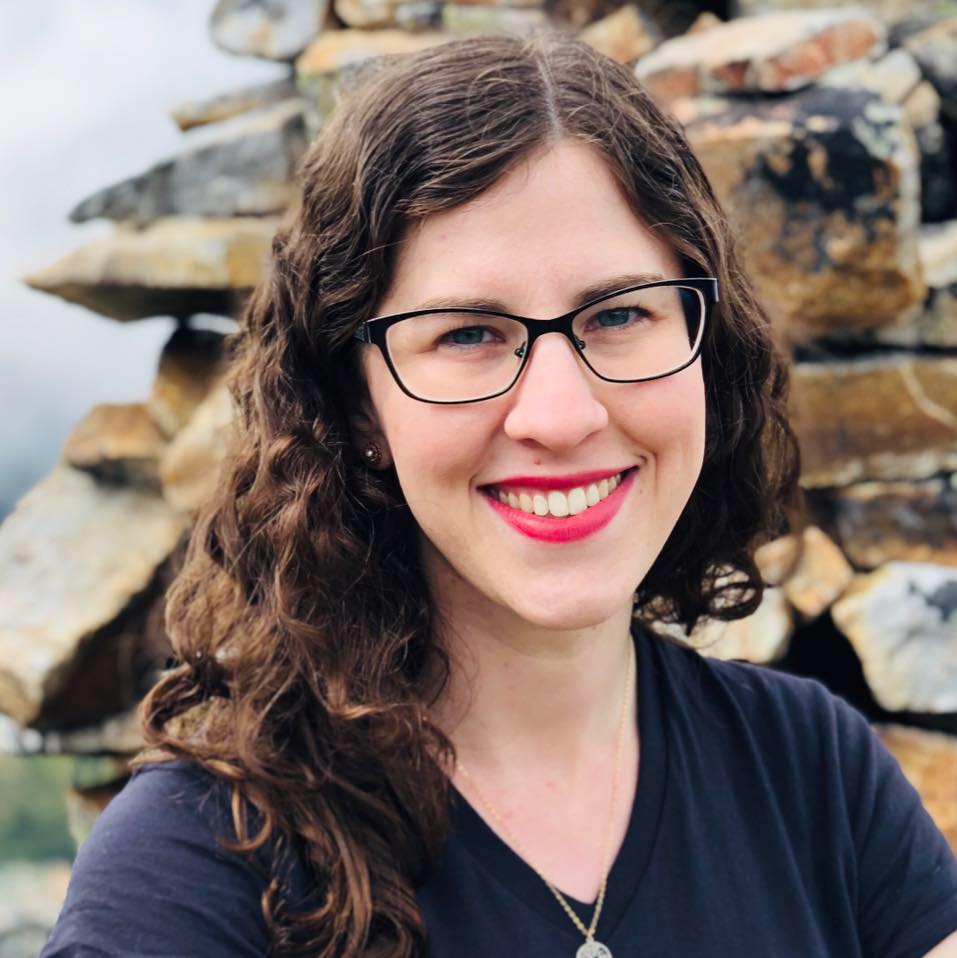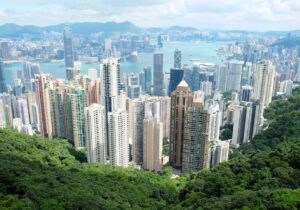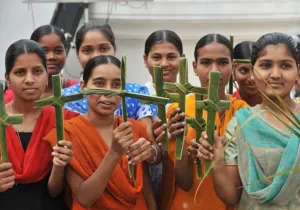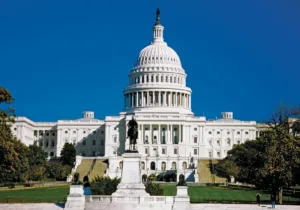This week, as the US State Department hosted its second annual Ministerial to Advance Religious Freedom, it was good to see that Taiwan had once again been invited to participate.
Taiwan is an island of freedom against a backdrop of authoritarianism and persecution, and so the country’s very presence at the meeting incarnates the mission of the ministerial and bears witness to the fact that the human spirit is made to live in dignity and freedom.
Reportedly, however, there are critics who say the ministerial is simply going to yield statements upon statements with no real action—prompting reflection on what promoting pluralism and religious freedom looks like concretely in the context of everyday life.
For this, too, we can look to Taiwan. Recently, during a trip there hosted by the Taiwan Economic and Cultural Office in Canada, I visited the Museum of World Religions in Taipei.
Opened in 2001, the museum was founded by a Buddhist monk, Master Hsin Tao. His insight was that “a pluralist society needs a diversity of methods for popularizing religion and, therefore, establishing a World Religions Museum is a practical requirement for this era.” And so it was this museum, with its exhibits on 10 major world religions, that struck me as a quintessential example of what pro-pluralism education looks like.
The museum has a “Water Curtain” exploring the significance of water across religious traditions; a “Pilgrims’ Way” inviting reflection on the journey of faith; a “Great Hall of World Religions” including models of the greatest sacred buildings; an “Awakenings” display featuring interview testimonies on video of religious insight across traditions; and a “Hall of Life’s Journey” exhibit presenting different artifacts, rituals, and symbols connected to each phase of life in various religions.
There is also a 12-minute short film, and just before it began playing, about a dozen children filed in to watch it as well. The film starts out with a young girl diagnosing all of the conflict in the world—from her parents’ separation to wars—as being the result of difference. Eventually, she comes to realize that the world would be a much worse place without difference, if everyone was exactly the same.
The museum is deeply humanizing, recognizing that the nature of the human person is openness to transcendence. It inspires reverence and respect and affirms what Rabbi Lord Jonathan Sacks has called “the dignity of difference.”
Sam Brownback, the US ambassador-at-large for international religious freedom, has said the ministerials are not an exercise in common theology, but rather an exercise in protecting a common human right. Similarly, the Museum of World Religions is not centered on dogma or comparative criticism, but rather on exploring religious traditions with a sense of wonder and human interest.
Against the two poles of secularism and extremism that we see today, it is crucial for us to promote pluralism as the best assurance for people to be free to practice or observe religion, or not. To this end, the Museum of World Religions is a concrete, practical way of promoting pluralism in an everyday, ongoing way within culture.
Hopefully, like Hsin Tao, other visionaries will find new and creative means to promote pluralism so that efforts to advance religious freedom will be continued through media, art, education, museums, festivals, and more.







 Sponsor a student for Christianity & National Security 2024
Sponsor a student for Christianity & National Security 2024